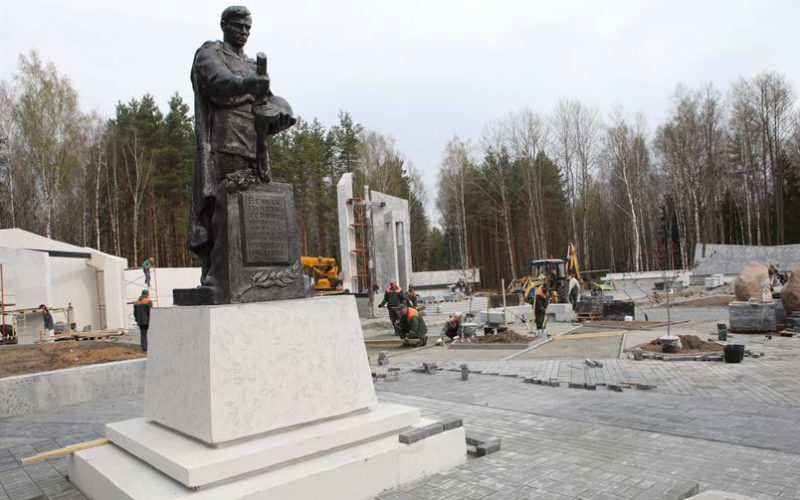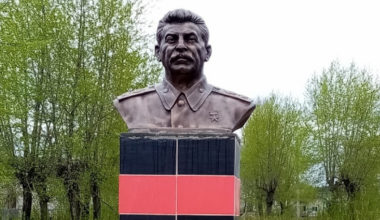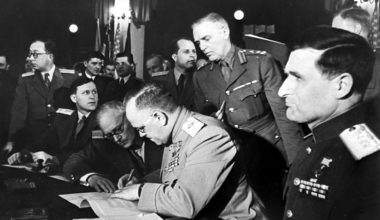By May, 9, 2020, a new memorial complex is going to open on the mass grave at the site of the burned village of Ola in Svetlogorsk District, Gomel Region, Belarus. The memorial, being built by volunteers, is not far from completion, planned on May, 9, 2020.
The village of Ola was destroyed on January 14, 1944 by Nazi punitive squads. They burned the whole of it, killing both the locals and the refugees from other villages. The total death toll was 1758, including 950 children. The village perished from the earth 13 days before it could be freed: on January 27, 1944, Soviet troops liberated the Svetlogorsk District from the occupiers. However, the village was never rebuilt after the war.
In 1958, a monument was set up on the mass grave where civilians and Soviet soldiers lay, a kneeled figure of a soldier holding a wreath. The monument was included in the state register of historical and cultural sites of Belarus.
In 2011, explores found a number of burned objects 300 meters away from the mass grave: bricks, wood and melted glass, as well as burned fragments of human bones 10 to 20 cm deep in the ground. The explorers did not try to unearth the fragments since part of the skeleton had turned to ashes. In 2013, a memorial cross was set up at the site, and a commemoration capsule containing soil from the village of Ola was placed in the crypt of the All-Saints Church, Minsk.
In December of 2019, the issue of creating a memorial complex was raised by a Homel university student in a conversation between President Lukashenko with medical students and teachers. The Belorussian president supported the initiative.
The authors of the project are a creative team from Gomelgrazhdanproject, the institute of civil architecture in Gomel, Belarus. The project consists of three main parts: the entrance gate, the walking route, and the memorial area. The walking route goes along the village street, now non-existent, among symbolic skeletons of houses and obelisks with people’s silhouettes. The memorial area features a bed of honor, a belfry and a separate stele with a warning bell.


